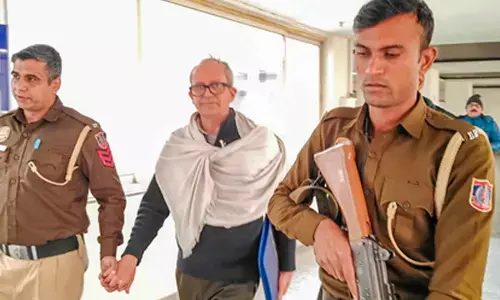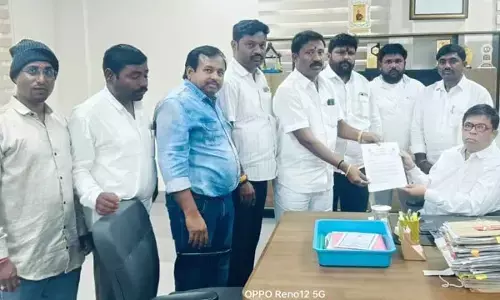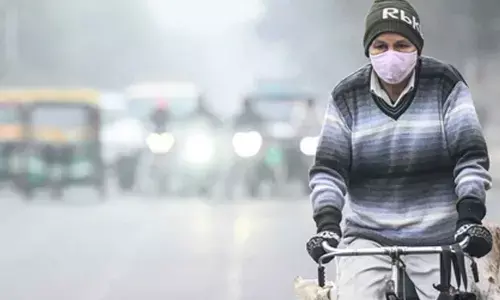How the immune system gets charged while fighting food poisoning decoded

Researchers have found how the human body powers its emergency response to infection by the bacterium Salmonella - one of the most common causes of food poisoning worldwide, an advance that may lead to better drug targets and treatment strategies for the illness.
Researchers have found how the human body powers its emergency response to infection by the bacterium Salmonella - one of the most common causes of food poisoning worldwide, an advance that may lead to better drug targets and treatment strategies for the illness.
The study, published in the journal PNAS, revealed how blood stem cells, which are undifferentiated cells capable of giving rise to indefinitely more specialised cells, respond in the first few hours following infection by acquiring energy from support cells in the bone marrow. The researchers, including those from the University of East Anglia (UEA) in the UK, said Salmonella caused food poisoning with symptoms including diarrhea, vomiting, abdominal pain and fever, proving deadly especially in children, the elderly, and people with compromised immune systems.
They tried to understand how blood stem cells acquired the energy they needed to mount an immune response to infection. As part of the study, they collaborated with researchers from Norwich University Hospital (NNUH), the Quadram Institute and the Earlham Institute (EI) in the UK, to study mitochondria - the tiny powerhouses that live inside cells and give them energy.
They analysed the immune response to Salmonella infection by using blood and bone marrow cells donated for research by NNUH patients. They also studied the way mitochondria moves between different cell types using special microscopes and DNA analysis. The results of the study revealed that in the bone marrow - where blood cells are made - support cells were forced to transfer their power-generating mitochondria to neighbouring blood stem cells. "We found that these support cells were effectively 'charging' the stem cells and enabling them to make millions more bacteria-fighting white blood cells," said study co-author Stuart Rushworth from UEA.
Mitochondria, Rushworth said, are like tiny batteries powering cells, and in response to infection, the immune system takes these batteries from surrounding support cells to power up the immune response. The researchers said the findings may have potential impact on how infections are treated in the future. "Our results provide insight into how the blood and immune system is able to respond so quickly to infection," Rushworth said.
He said working out the mechanism behind this "power boost" gave the team ideas for new ways in which the body can be strengthened in its fight against infection in the future. "This work could help inform how older people with infection might be treated. It is an essential first step towards exploiting this biological function therapeutically in the future," Rushworth said.
















